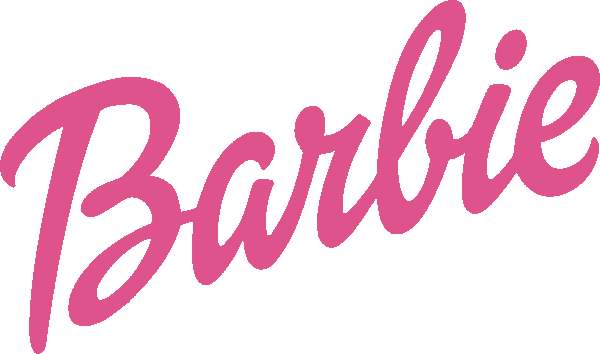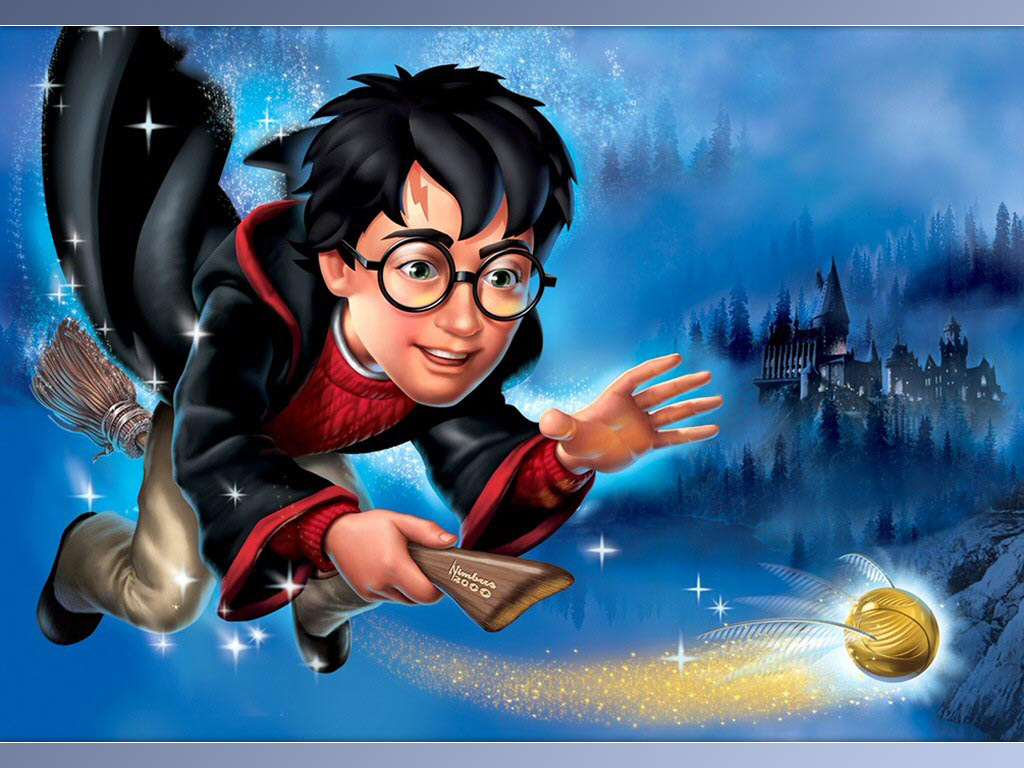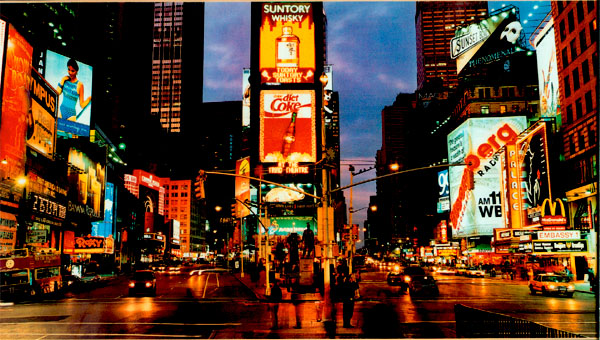“Addiction is an uncontrollable compulsion to repeat a behavior regardless of its negative consequences.”
Everyday I get this need to drink coffee. I can’t control it. It makes zero sense. It makes my teeth yellow and makes me jittery throughout the day. I continuously keep drinking it though. This is an addiction. Coffee, though, has caffeine, which is proven to be an addictive drug. Okay, so a lack of self-control combined with some drugs has fueled my addiction.
But what about other “addictions”? There are points where I am in a shopping mall, I go in a store and buy something (even though I barely have enough for my rent), and then continue to buy things. Could shopping, and more specifically consumption be an addiction?
I really believe consumption is an addiction, with the negative consequences being reflected on our environment and our social happiness. People are replacing relationships with stuff and replacing the beauty of nature with trash. We keep consuming over and over again, even though most of these products are not actually meeting our true needs. Instead of consuming another chocolate bar, how about we have a fuller meal with loved ones that will fill us emotionally and literally?
“I can get no remedy against this consumption of the purse: borrowing only lingers and lingers it out, but the disease is incurable.” – William Shakespeare


















